It can be difficult to grasp the scale of Edward Burtynsky’s subjects when there are no points of reference — no recognizable objects, intentionally no humans, and sometimes no horizon. Your understanding of what you’re looking at changes between close proximity and several steps back. Sometimes it’s better just to wonder, because comprehending the vast scale of a field of oil drilling rigs, Alberta’s oil sands or a coal mine in BC can take the wind out of you — at least, if you’re as affected as I am by these visuals. I left feeling pretty drained as it’s emotionally taxing to look at how we’ve shaped, polluted and destroyed the landscape of our planet to meet ever-growing needs. Not everything in the Vancouver Art Gallery’s exhibit of Burtynsky’s work was dark, but a bleak image of a massive pile of tires (at a distance, just a huge wave of black) burning after a lightning strike had me reeling and thinking, “what have we done?”
“In Burtynsky’s vernacular, the ‘manufactured landscape’ is no longer a simple contest of nature versus culture; instead his images suggest an emergent condition in which the natural world has been fully consumed, never to reappear again.” — Vancouver Art Gallery
I was standing in front of a large format aerial photograph of a Scottsdale, Arizona suburb when the woman next to me said, “this is the scariest one.” I don’t know if she’d been to the other side of the exhibit yet, but I understood what she meant. A rectangle of desert with a road around its perimeter marks the Navajo reserve, abruptly divided from suburbia, which is the usual unsustainable pattern: tendrils of cul-de-sacs, single-family houses — many with pools — tennis courts, and trees, all supported by a dwindling water supply. Far, far in the distance one can see a few towers in Phoenix, an unpleasant highway commute away. Now that I have time to absorb it, the connection between this and the rest of the exhibit is clear: the activity documented by Burtynsky feeds this horrific exercise in “community planning.” Artificially cheap oil, mining coal and metals, irrigating the desert — it’s all to feed an insatiable appetite called the American Dream.
I’ve been working for months on various campaigns working to shift away from Canada’s large-scale, rapid energy extraction, consumption and export economy, and toward green energy and jobs. Our opposition is wealthy and determined, and the media not always kind. Exhibitions such as Burtynsky’s, or similarly Chris Jordan (on consumption and waste), help to bring a real-life tangibility to what corporations and consumers are doing. It’s up to us to fight for the alternatives, and to be reminded of the ways in which we can meet reasonable needs responsibly.
To that end, here are a few ways you can get involved:
Sign the pledge to push for a fair, province-wide vote on oil pipelines and tanker traffic in BC
100 in 1 Day, Vancouver edition — multiple workshop dates culminating in 100 urban interventions on June 7th each in Vancouver, Toronto, Montreal and Halifax
CanRoots, May 23–24
10th anniversary screening of The Corporation, May 26th
The Edward Burtynsky exhibition at the Vancouver Art Gallery ends May 26th.
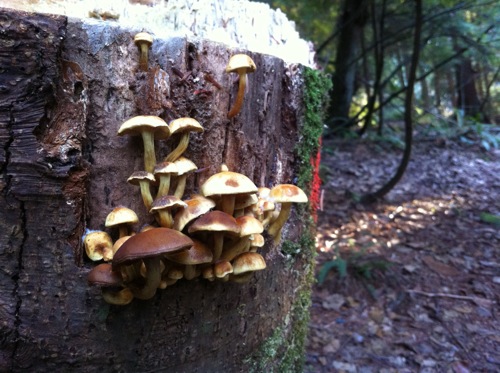
Mushrooms sprout on a nurse stump
I’ll never forget the first time I visited this park in my new neighbourhood, three years before I moved here. It was March and it started snowing! Between the wild, jagged terrain and the owl appearing in the tall conifers, it left an impression almost more idyllic than my experience of it now.
In the warmer months, one particular path that begins at the street is muddy, almost creek-like. Riddled with stones and pebbles, it’s hard to traverse when it’s so wet and is slightly uphill. Yesterday it was hovering around zero degrees and the pseudo-creek bed was blanketed in ice! It looked like a tiny, frozen river.
Continue reading A wild park »
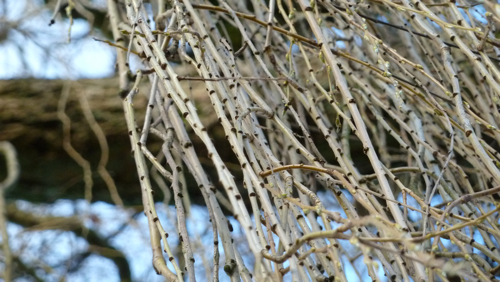
I took advantage of today’s glorious sunshine and brought my camera with me to Stanley Park’s Lost Lagoon and seawall. In case it’s not obvious, I have a thing for willows and birds. Don’t you just love the word ducks?
Continue reading Photowalk: Nature’s little surprises »
I could write about how fantastic last year was for me… or I could just show you. Through my lens, last year looked, and felt, like this.
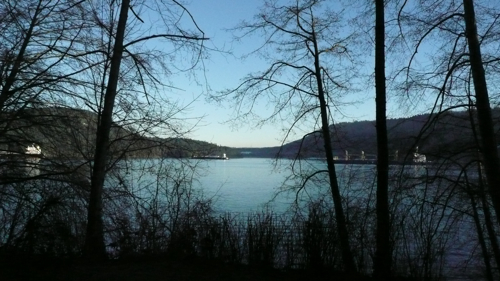
January
In January, I wrote about what I missed when I did not bring my camera, accompanied by photos taken the next day when I did. Of course, the scenery was altogether different, but no less remarkable. There was still evidence of the bewildering snowfall that lingered an unusually long time.
February must have been particularly grim as I only have blurry shots of a crescent moon riding beneath a star or planet.
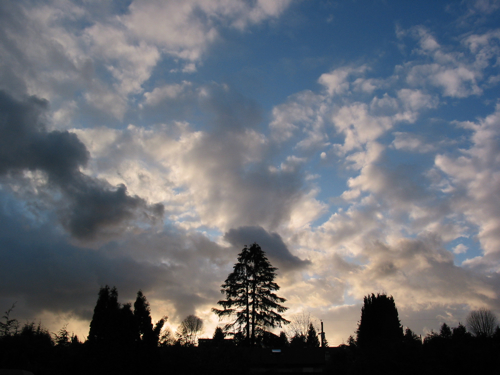
March
Continue reading A year in photos: 2009 »
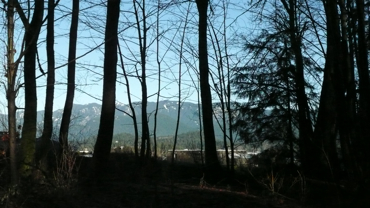
If you haven’t got a camera, paint; if you cannot paint, write.
The weekend before last, I went to the park two days in a row. On the Saturday it was achingly cold, but I didn’t notice til I’d been outside at length. Regretting not bringing a camera, I put the view to memory and wished I could paint.
The fog was still on its extended visit; however, it had broken away from the shore and hovered, almost still, above the water, who knows how close to the other shore. As the sun crawled away behind trees and the horizon, it glowed against a ship’s bow; reflected off Belcarra’s houses and the power station up the Arm; coloured the fog. The water deemed itself a deep blue with hints of grey and purple, and as it met the fog a strong but organic line formed between the two, harmoniously, one disappearing into the other. And as the colour noticeably became fog, it moved from blue into a thick and solid but desaturated purple, then upward increasingly more pastel until it touched the sky in wisps and rolls. Behind it the sky was a pale yellow, white, eventually blue somewhere above. The fog stood out from it, blended into it, touched it and made the dark, jagged slopes in the distance disappear.
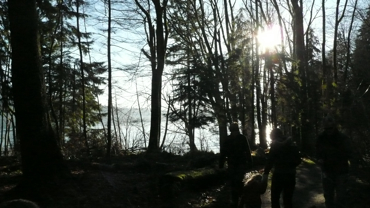
Continue reading Silhouettes tell stories »
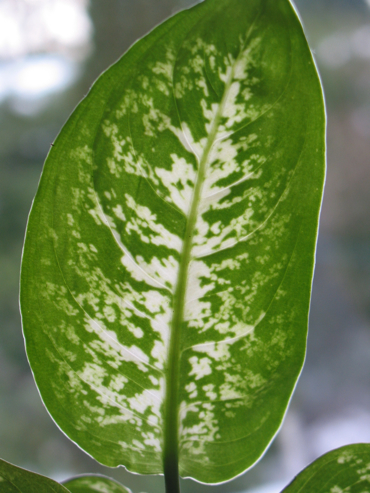
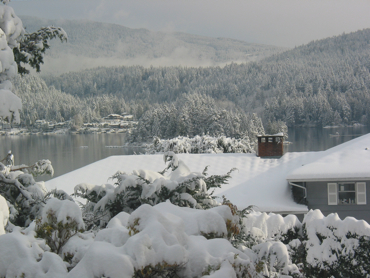
You may have noticed I really like adjectives. They’re useful, and today they’re piling up in abundance: magnificent, incredible, beautiful, bright, amazing, powerful, crunchy, quiet.
This is the most magnificent sight I’ve ever seen. In my twenty years of living here I’ve never witnessed such detail of the view across the water. Somehow the snow and sunlight bring out every branch, roofline and curve of the shore.
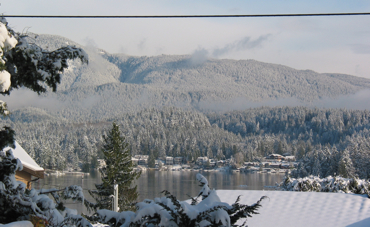
Continue reading Happy Holidays / I’ve never seen anything so magnificent »
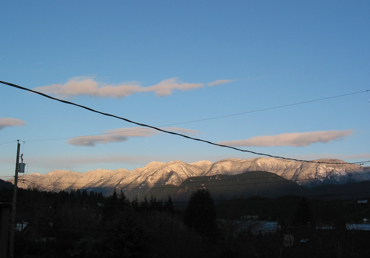
Sunset snow
This past week it has been snowing in Vancouver, which brings some joy and others frustration. I’m in the first camp. My dear colleague has escaped the harsh and unusual cold by escaping to Mexico; meanwhile I have no desire but to stay here and enjoy it! (I did not inherit my grandmother’s snowbird tendencies.) The wind chill is expected to be, well, bone-chilling and when the wind and cold sweep through and suck away all the warmth it is difficult to get it back. So, anyone want to go Christmas shopping with a (*dreadful gulp*) vehicle? I need some warm clothing! Vancouverites aren’t prepared for this!
Continue reading Love in winter and the promise of snow »
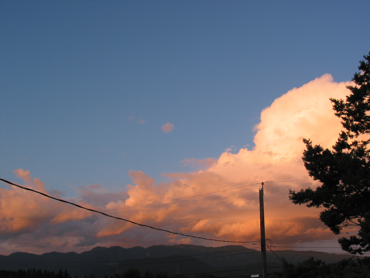
As August draws to a close, I reflect on past summer’s-ends and my documentations of such in previous posts. (Search for “transient skies of summer” for my 3-part photo series from 2006.) This weekend in Vancouver was a welcome return to normalcy after a week or so of dreadful rain and mist. The last time it rained hard, after a long dry spell, I thought it was fascinating but this time was just simply unfair and, in fact, abnormal! The PNE recorded more rainy days than average and we had 50% more rainfall than is the usual for August. So it makes it all that much harder to accept that summer is drawing to a close, with longer shadows that seem to abruptly take over the yard having lost a week or so’s transition period.
Continue reading A beautiful end to August »




 March
March





